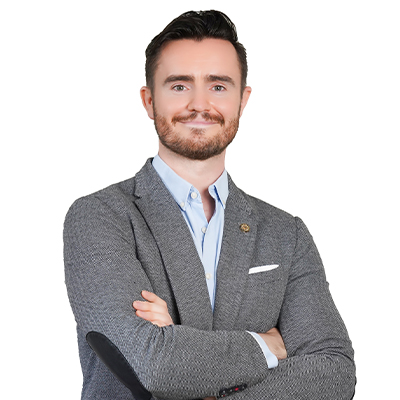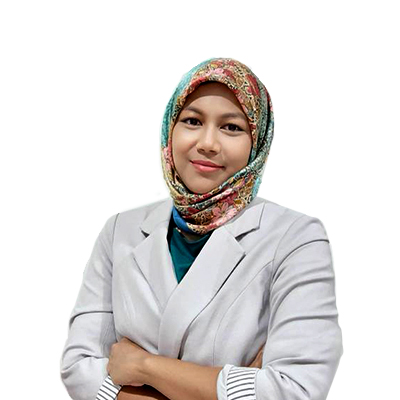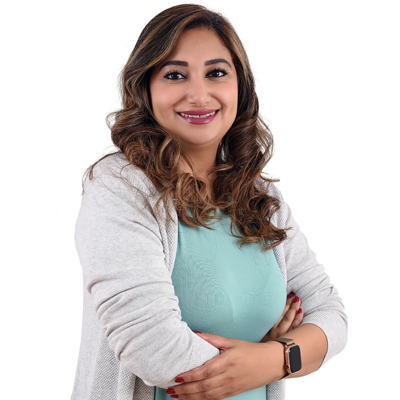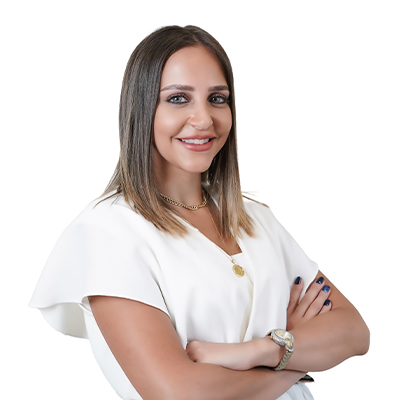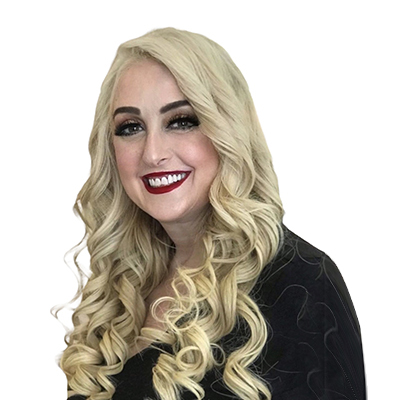Autism: multidisciplinary assessment and treatment in Dubai
What is Autism?
Autism refers to a broad range of conditions characterized by challenges with social skills, repetitive behaviors, speech and nonverbal communication. According to the International Statistical Classification of Diseases and Related Health Problems (ICD) of the World Health Organization, autism spectrum disorder (ASD) is one of the many neurodevelopmental disorders occurring during the developmental period and involving significant difficulties in the acquisition and execution of specific intellectual, motor, language, or social functions. ASD is a persistent deficit in the initiation and sustainability of communication and interaction, with restricted, inflexible, or repetitive behaviors. Individuals with autism can show a full range of abilities varying according to social and educational contexts, as well as genetic and environmental factors. Consequently, it causes challenges in personal, social, educational, and other functioning areas, such as language, pragmatics, social communication, motor development, sensory and emotional regulation.

Latest research proves that the onset of the disorder occurs during the developmental period, typically in early childhood before the age of 2, a phase where infants actively experience their surroundings, and grow the pillars of communication. With the increase of social demand and expectations, these symptoms may manifest differently or clearer.
Thus, the diagnosis of autism can be set as early as 18 months. It requires two main features:
Persistent deficits in initiating and sustaining social communication and reciprocal social interactions manifesting in several functions, such as:
- Understanding of, interest in, or appropriate responses to the verbal or non-verbal social communications of others.
- Integration of spoken language with non-verbal behaviors (eye contact, gestures, facial expressions, and body language).
- The use of language in the right social contexts and reciprocal conversations.
- Social awareness and modulation of behavior to the social context.
- Understand and respond to the feelings, emotions, and attitudes of others.
- Social language difficulties
- Sharing of interests in typical peer relationships.
Persistent restricted, repetitive, and inflexible patterns of behavior, interests, or activities atypical or excessive for the individual’s age and sociocultural context. These may alter:
- Adaptability to new experiences and circumstances.
- Adherence to routines and rules (e.g., when playing games).
- Patterns of behavior (e.g., lining up or sorting objects in a particular way) that serve no apparent external purpose.
- Motor movements, such as body rocking, walking on tiptoes, hand or finger movements and posturing.
- Preoccupation with special interests and attachment to whole or parts of objects.
- Sensitivity modulation to sensory stimuli, such as sounds, light, textures (especially clothing and food), odors and tastes, heat, cold, or pain.
EARLY DIAGNOSIS & INTERVENTION
Even though early diagnosis and intervention can improve the outcomes in children with ASD, we can always seek professional help at any age to enhance the communication opportunities of individuals on the spectrum.
Don’t hesitate to seek the opinion of our multidisciplinary team, made of qualified professionals in the areas of child development. When you call the clinic, you will be offered an appointment time for an initial consultation. The initial consultation is the first appointment and will last 50 to 60 minutes. This is an opportunity for the clinician to start to get to know more about you and identifying what the fundamental difficulties are. We then take a collaborative approach to developing a care plan with the support of the multi-disciplinary team. We are here to support you, will talk you through the best care plan available and ensure you are informed, comfortable, and at ease with all your options.
What are the signs of ASD?
As stated earlier, signs of ASD can start before the age of 2. Below is a list of signs that you might find useful. The presence of one or more of these signs does not mean your child has autism. When in doubt, please contact our team of healthcare professionals for an assessment.

By 9 months
- Poor reactions to adults (sounds, facial expressions)
- Poor eye contact
By 12 months
- Little or no babbling
- Little or no use of communication gestures such as reaching, pointing, or waving
- Poor or no response to name
By 16 months
- Very few or no words
By 24 months
- Very few or no intentional use of phrases of two words
At any age
- Loss of previously acquired language or social skills
- Delayed language development
- Persistent repetition of words or phrases (echolalia), taking place immediately during a conversation (repeating the speaker’s words or sentences), or delayed (repetition of out-of-context sentences)
- Particular or peculiar tone of voice (melody and rate of speech)
- Difficulty expressing own emotions and understanding other people’s feelings
- Difficulty engaging in positive play with others (turn taking, imitating, waiting…)
- Frustration in case of minor changes in routine or environment
- Repetitive behaviors in body movements (flapping, rocking, spinning, etc.), or interests (lining up objects, spinning objects, specific topics…)
- Over- or under-responsiveness to stimulation such as sounds, smells, tastes, textures, lights, colors.
Whom should I contact?
If you are in Dubai and are concerned about the development of your child in the areas of communication, language, motor skills, behavior, and sensory abilities, our multidisciplinary team offers you evidence-based practices in the fields of:
- Child Psychiatry
- Psychotherapy and Counseling
- Speech-language Therapy
- Occupational Therapy and Sensory Modulation
- Psychomotor Therapy
- Applied Behavior Therapy
We offer you a holistic approach in autism therapy, in our clinics in Dubai Healthcare City, and Jumeirah Lake Towers, in Arabic, English and French.
We use specific tools to assess and treat children and adolescents with ASD. Autism therapy is multidisciplinary and involves parents as important actors in the treatment plan.
How can we help?
We can help your child learn to:
- communicate with others
- regulate their responses to sensory input
- regulate their emotional responses to their environment
- discover the pleasure of other people, and take joy is social activities.
We can support you to:
- understand your child’s view of the world
- find strategies to best promote your child’s learning
- support your child’s sensory needs and emotional responses.
With appropriate developmental support by a team of professionals, usually comprising of a speech therapist, an occupational therapist and trained behavioural therapists, and your invaluable contribution as parents, your child can learn new skills, play games, make friends and participate in the communities to which they belong. Help us help you give your child the opportunity to reach their full potential.
Your child… isn’t yet talking….
Are you concerned your child may be developing atypically?
Are your friends and family advising ‘wait and hope?’
While telling you not to worry – accompanied by an anecdote about a child who did not start talking until after their fourth birthday and is now CEO of a successful company – is well-intentioned, and may be true, this is not necessarily helpful!
Nine out of ten children with speech delay do in fact need our help. Not only that, there is a direct correlation between the age at which a child begins receiving support and a positive long-term outcome. We can help the most if intervention begins prior to the age of three.
So when do you ‘wait and hope’ and when do you seek professional help?
What to look for when your child is not talking
Does your child look directly at you? If you put your face over the buggy, or cot, does your child ‘lock’ their gaze onto your face? If you smile, frown or wiggle your eyebrows, does your child consistently attempt to make the same face themselves?
Does your child spontaneously engage with you? If your child hears your voice, does he/she turn towards the sound to find you? If you clap your hands, does your child spontaneously clap hands in response?
If your child sees something that brings them joy, do they indicate they want you to share the experience with them? Do they look up at you to check you are looking too; or point or bring it to you to show you?
How does your child react to changes in their environment?
Every child is different.
However, atypically developing children such as those on the Autistic spectrum may:
- not look directly at you but rather glance fleetingly, and/or ‘looking over you,’ with their eyes passing over your face as their gaze slides elsewhere.
- do not spontaneously copy the facial expressions or actions of others in their environment.
- get more pleasure from emptying the toy box, lining up the toys, and/or climbing and moving between their toys, than they do from ‘playing’ with the toys.
- continue what they are doing when you call their name, or ask them to do something, as if they cannot hear you. But rustle a crisp packet or play their favourite cartoon jingle and they come running.
- approach you if they need something and pull you by the hand, or put the object (to be opened or fixed) in your hand, almost as if your hand ‘is a tool’. They attend to how you are useful, rather than to ‘you’ and are likely to watch the ‘item’ they want, without looking at ‘you.’
- demonstrate protest behaviours such as crying, falling to the floor, hitting out, or turning their bodies, if you ‘force’ an interaction such as trying to engage with them through a toy or interrupting their activity to feed them lunch.
- not be aware of the pleasure of shared emotions when if they find joy in the environment. They don’t look at you, point at or show you things of interest to them.
- demonstrate a need for a particular activity or routine to occur in an extremely specific order with any change of the structure of the day, or routine of the activity, resulting in an extreme negative response.
- have extreme reactions to sensory input such as an aversion to light, sound and/or touch, or conversely, they may seek out bright lights, loud sounds and frequent movement.
- enjoy the sensory input of unusual movements such as flicking their fingers in their peripheral vision, flapping their hands, spinning their bodies, or watching objects spin.
- display emotional reactions to situations that you as a parent find disproportionate to the situation at hand.
If you notice these behaviours in your child, they could indicate atypical development. If so, don’t wait. Contact us as we are here to help.
Our Clinicians
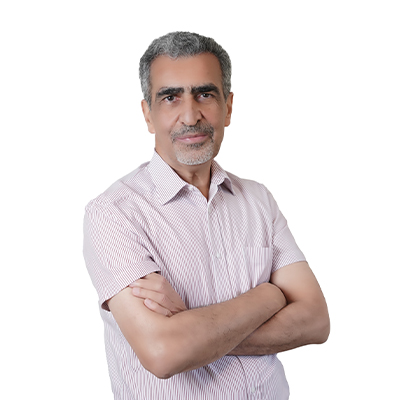
DR KUSAY MOOSA HADI

RAHAF AL BIZREH
